We are no Jedi, so it’s safe to assume that you never had a Yoda-like teacher either. But, I am sure you had a favorite teacher sometime during the whole 16-18 years of your school-college stretch. What was it that made them your favorite?
Though their methods might vary, great teachers are very much alike. They, in their own ways, try to connect with students, instead of just skipping through chapters to cover the syllabus.
Let’s talk about how you can emulate awesome teachers to create a truly educational and effective lead nurturing strategy. After all, both need relationship building, knowledge sharing and building a sense of trust and rapport.
Keep your prospects at the center
Lesson 1: The prospect is your protagonist
I had this Chemistry teacher in school, who managed to make everything about himself. Every class started with “When I was your age…”, which had us all switch to auto-pilot mode, and mute out everything that followed. Though he definitely meant well, but I am pretty sure that he’s the reason why even Walter White couldn’t make Chemistry cool for me.

A better teacher would know that he has to reach out to the students by keeping them at the center. It’s not without reason that in every (okay, most) good teacher-student movie you saw, the protagonist is a young student desperately in need of guidance – moral or otherwise. And, needless to say, our teachers, play humbly along the sidelines, dishing out all their sage advice to help save the day.
Yoda to Luke Skywalker, Albus Dumbledore to Harry Potter, Gandalf to Frodo Baggins, anyone!

So, lead nurturing lesson number 1 ; you need to keep your prospects at the center.
If every nurturing email that goes out from you is “Me, me, me”, pretty soon your prospects would stop even opening your emails. Yes, you want to make a sale. But, first you need to get your prospects to see that you have their best intentions in mind. After that, you can send all the direct sales emails and the likelihood of them getting ignored is less.
Take a look at this example from fitness products company FitBit – it’s fun and it completely concentrates on the individual receiving the email.
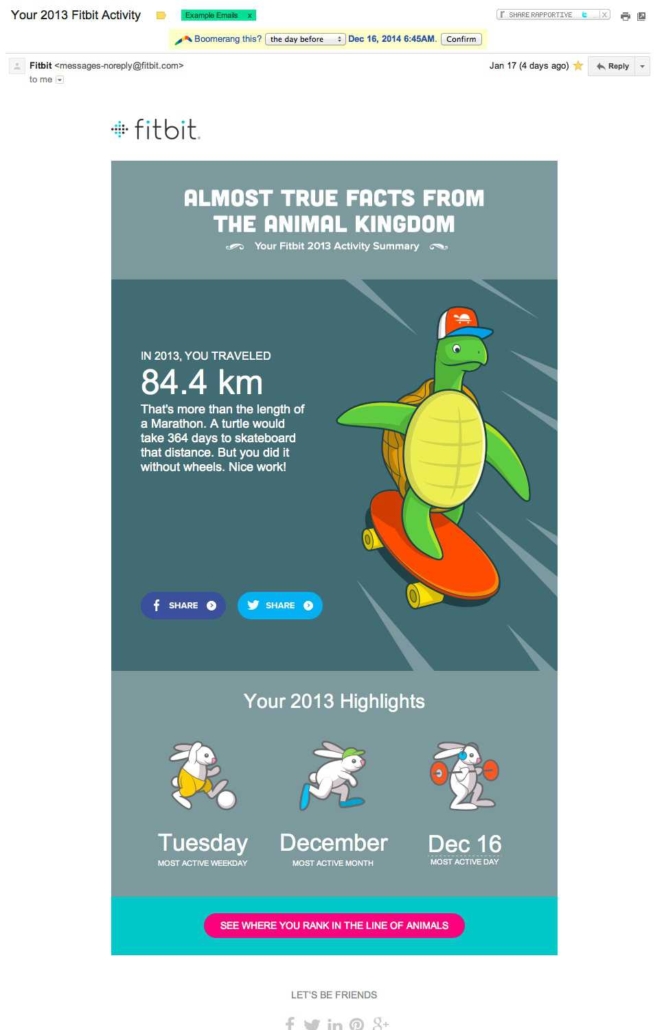
Lesson 2: Show your prospects that you understand their pain-points – Gain their trust
Professor X is perhaps the best example that you can emulate in your lead nurturing methodology in maintaining a personal connection. He nails connecting with each of his students on an individual level (though he did have telepathic powers to help him along, which I bet all marketers would kill to have in context of knowing their prospects’ thoughts).
However, the most important point is this – the young mutants are able to relate to Professor X so well, because they know that he had the same experiences, same fears, growing up, so they trust him. This is the kind of voice you need to develop while nurturing your leads; they have to sense that you speak from experience, and that you actually understand their pain points.

Establish an immediate connection with the prospect
Lesson 3: Make an impact when you first touch-base – take risks, stand out
Who wouldn’t love a teacher that roller-skates his/her way into the classroom on the first day of school, treats students with candy on pop-quiz, dresses up Shakespearean on theater day, and uses references everyone can relate to. They are not like every other teacher – that’s why they make an impact. Think Robin William’s John Keating in Dead Poets Society! Instead of drawling out the written in stone curriculum like his peers, he encouraged his students to think out of the box.
Now, similarly, you need to stand out against your competition in your prospects’ inbox as well. If a prospect fills out your form, chances are that he would fill out 10 others. People who aren’t sales-ready are more likely to open an interesting sounding email as opposed to a direct sales pitch.
For instance, if someone looks at your Australia Budget Tour Package, you would do much better by sending them “10 awesome things to do in Australia on a budget”, rather than sending “Australia tour package details.”
Lesson 4: Don’t be boring – Make a conversation
Okay this is almost the same as Lesson 3, but it needs to be emphasized. Boring teachers can really put the students off a subject. This clip from “Ferris Buller’s Day Off”, is a reminder of every boring class ever that made us want to skip school. He talks in a mind-numbing monotone right at them, instead of making a conversation.
If you are doing one-way talking, your email open rates would drop with each email, or worse, won’t get opened at all. Therefore, try to make a conversation in your emails.
Listen before responding
“A teacher that never listens to his students is bound to fail.” A conversation is never one way – you have to know them, and listen to them. Listening in terms of lead nurturing would constitute tracking their online behavior, and then sending custom content. Instead of sending time based emails to all your leads that enter the system, set up nurturing campaigns based on their interests.
If some of your leads are spending time on your Mauritius package page, and others on the Australia one, and you send both of them the same Traveler’s handbook, it’s not going to do you much good. Therefore, you must set up your nurturing campaigns in a manner that takes into account the pages that your leads are visiting in general.
Bonus lesson: Have a sense of humor
While you are out there trying to make a conversation, bring out the funny. A teacher with a good sense of humor generally gets bonus points on the favorite teacher chart. On that note, this assignment seems pretty cool:

If your emails are relatable and funny, the chances of them being read is high. Folks at US food ordering app, Eat24 realize this well, and craft awesome emails that not just provide value, but are a delight to read. All direct marketers have something to learn from them. Here’s an example (P.S: Read the fine print as well – you’ll not regret it):
 Lesson 5: Know (more than the names of) your prospects
Lesson 5: Know (more than the names of) your prospects
One routine that I remember from every class is the introduction drill. The new teacher would introduce herself on the first day every year, and have the students introduce themselves as well. The parroted responses get really boring after a point.
We got this new communications teacher one year, and she had a really interesting approach to this. She asked us all to write an obituary for ourselves, if we were to die that very day. Kind of bizarre and morbid, but we went with it anyway. Turns out, she was trying to figure out our self-image (what we thought of ourselves). Not only did the assignment make us think, but she got to know more than just our names. The best part – she remembered what we all wrote, and spent the whole year dealing with us accordingly.
She did turn out to be a disciplinarian in a complete pain-in-the-ass way, but the fact that she made this effort stuck with us, and we always worked extra hard on her presentations to not let her down.
Similarly, before you start your nurturing campaigns, you have to know more than just the names and designations of your leads – you have to define their persona. Take into consideration not just their demographic and firmographic attributes, but their behavioral attributes as well. What keyword did they use to land on your landing page, which specific pages have they been visiting, etc. and then draft your nurturing strategy.
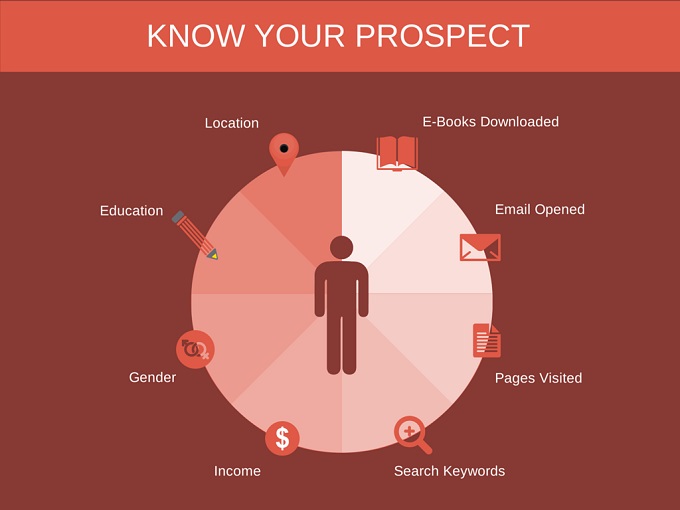
And, segment them accordingly
A teacher cannot have the same set of materials aiding her for an advanced Trigonometry class, and a junior Maths class. The juniors would be lost, and demotivated if you do that, and to advanced students it would just be ridiculous to study the basics again.
Similarly, some of your leads might be ready to buy now, whereas some might need additional nurturing to aid them in decision-making. So, while sending pricing details, and product comparisons would be a good idea for your advanced leads, you would need to send helpful guides and educational blog posts to the beginners.
Segmentation can depend on factors other than sales-readiness as well
a) Geography of the prospect (both B2B and B2c)
b) Interest of the prospect – specific products/services (Both B2B and B2c)
c) Industry (B2B)
d) Job function of the prospect (B2B)
e) Company size (B2B)
f) Status in the buying cycle (Both B2B and B2C)
g) Other interests – what pages are they visiting, what documents are they downloading etc. (both B2B and B2C)
To do this efficiently, you should have an intelligent system in place that tracks the kind of pages your leads are visiting, and then sends them nurturing content accordingly.
Take a look at this email campaign from Etihad Airways. It goes out only to customers flying solo and flying long distance, therefore it is a customized offer based on customer preferences.

According to research firm MarketingSherpa, following is the percentage of B2B prospects placing importance on specific type of segmented and customized content:

Lesson 6: Have an authoritative voice:
Now, yes it’s true that everyone loves an adorable goofball as a teacher. But students would also take him for a trip, if he is a goofball all the time. Students generally respect teachers that know how to balance being authoritative and approachable at the same time.
Professor X once again is a great example here. He emanates the classic intellectual energy that all students look up to and respect, while knowing that he is on their side.
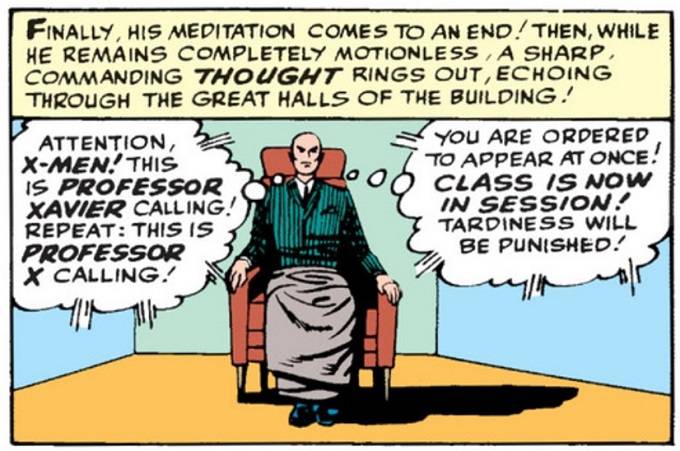
In a similar manner, have an authoritative voice in your lead nurturing process, while adding some real value, so that your prospects take your advice seriously. After all, you really do want to add value to your prospects, otherwise how would you gain their trust.
So, when you are off sending your nurturing campaigns, be sure to act as an influencer. You can even involve some real industry influencers in your campaigns.
For instance, if you are in travel business, get some influential travel bloggers to share their opinions on the place that you are trying to sell.
If you are in education business, you can share counselling advice from experts with your prospective students.
Lesson 7: Don’t give a test on the first day of class
What do you say about teachers that give a test the first day of class? Well, not a whole lot of nice things. They might have the best of intentions, but there is a process to get there.
Similarly, don’t start pushing your product on your prospects in the beginning of the nurturing campaign. You should aim instead to send them some educational/entertaining content first, and then based on their further web behavior, trigger custom offers etc.
Lesson 8: Successful teachers love what they do
To emanate positive, contagious energy, a teacher has to love what he does. He is passionate about the subject, and about the thought of helping his students succeed.
It applies to your nurturing campaigns as well. Do you care about making your customers successful? It would reflect in the response to the nurturing campaigns. A wholeheartedly crafted nurturing campaign is really easy to spot, because it reflects the work that has gone into segmenting the different prospects and sending them customized emails. Even though with marketing tools the process is automated, but still it shows that you actually care.
Lesson 9: Successful teachers aren’t afraid to adopt methods more popular amongst students
Great teachers understand that it would not hurt them to adopt references and channels already popular amongst their students. Like this teacher, who made Physics cool.

Or, this one:

Similarly, a great nurturing process would speak the language of your prospects, and use channels that your prospects are most comfortable using.
If your audience is on Facebook, then incorporate social nurturing using custom audience, along with your standard nurturing emails.
If you are a travel company, you might want to think about really including Instagram and Pinterest in your regular lead nurturing strategy.
Lesson 10: Successful teachers reflect on their methodology from time to time, and make amends
Only the stuck-up know-it-all teachers stick to one technique just for the pride in having devised it. A better teacher would instead (having reflected on the success of his methods) change his ways to fit student understanding. If your emails aren’t being opened, or read, you wouldn’t really stick to them despite their obvious failure, would you. So, be open to change and adapt. Analyze.
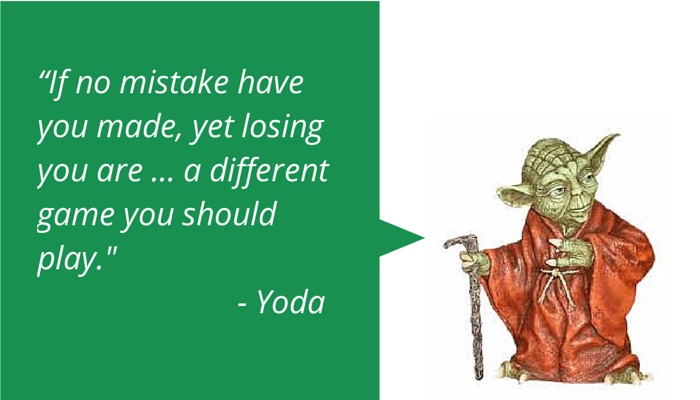
So, what was your favorite teacher like – add in the comments any lead nurturing lessons you learned from them (or, any other teacher story you want to share with us).






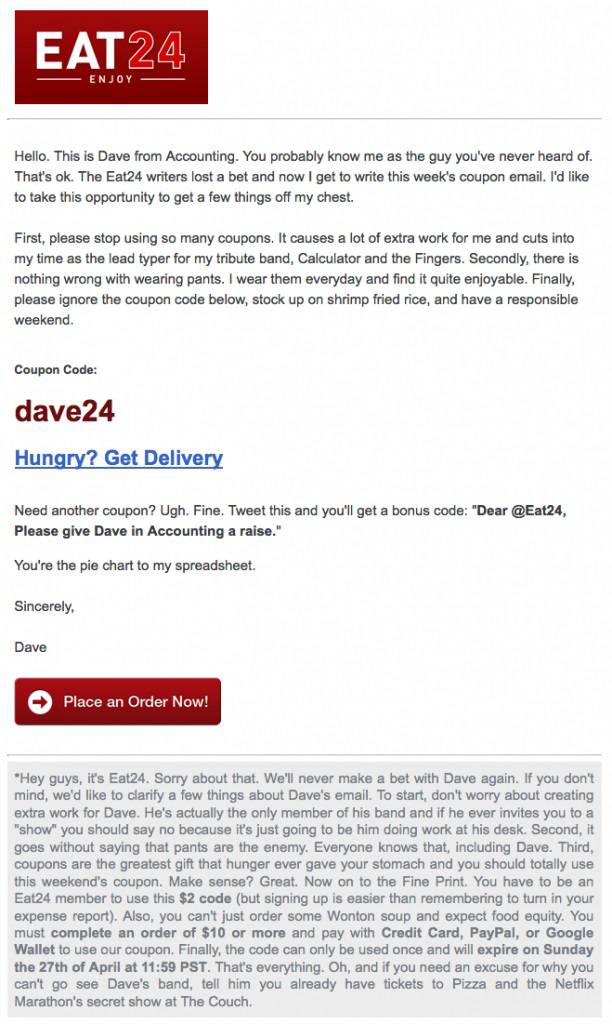 Lesson 5: Know (more than the names of) your prospects
Lesson 5: Know (more than the names of) your prospects


